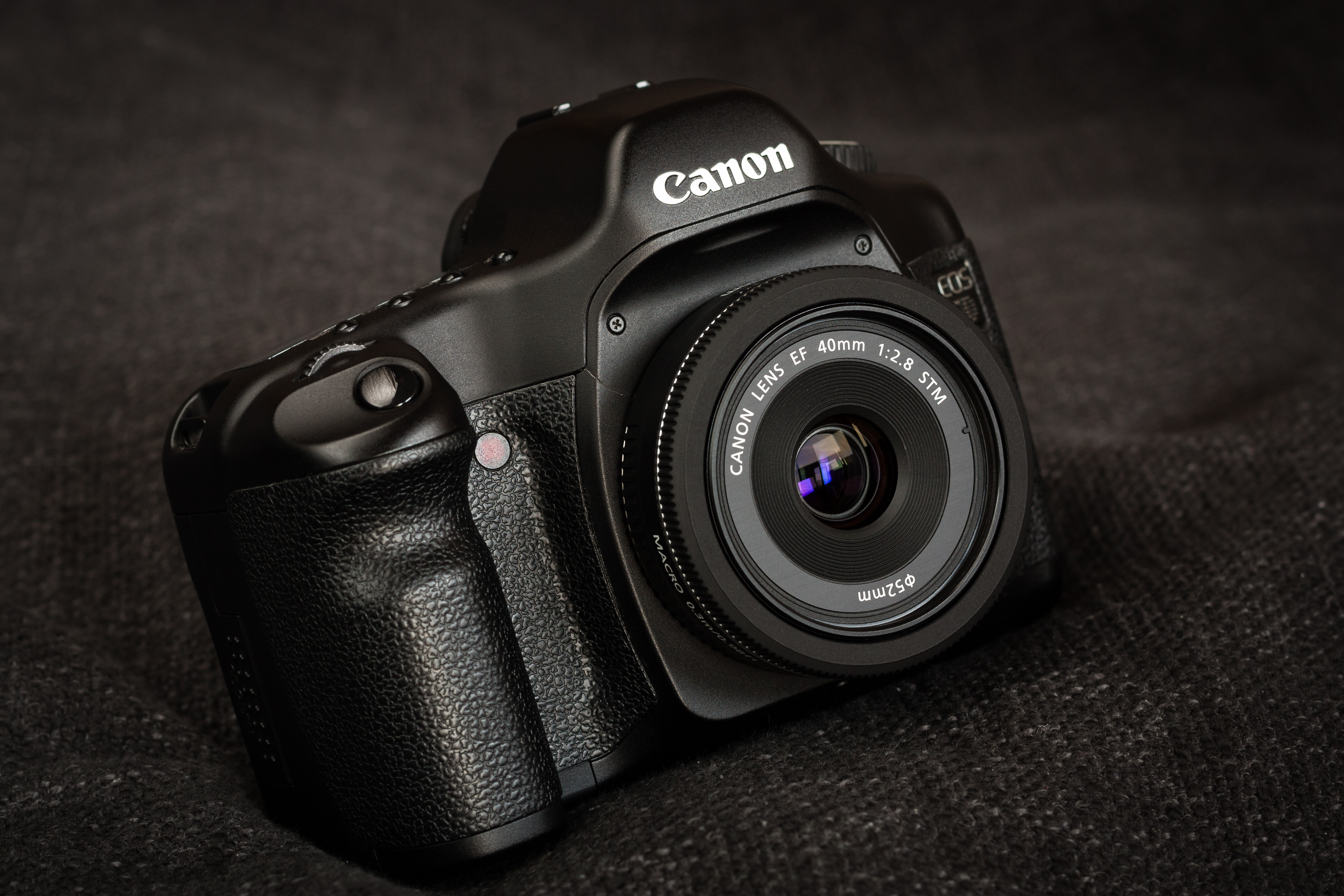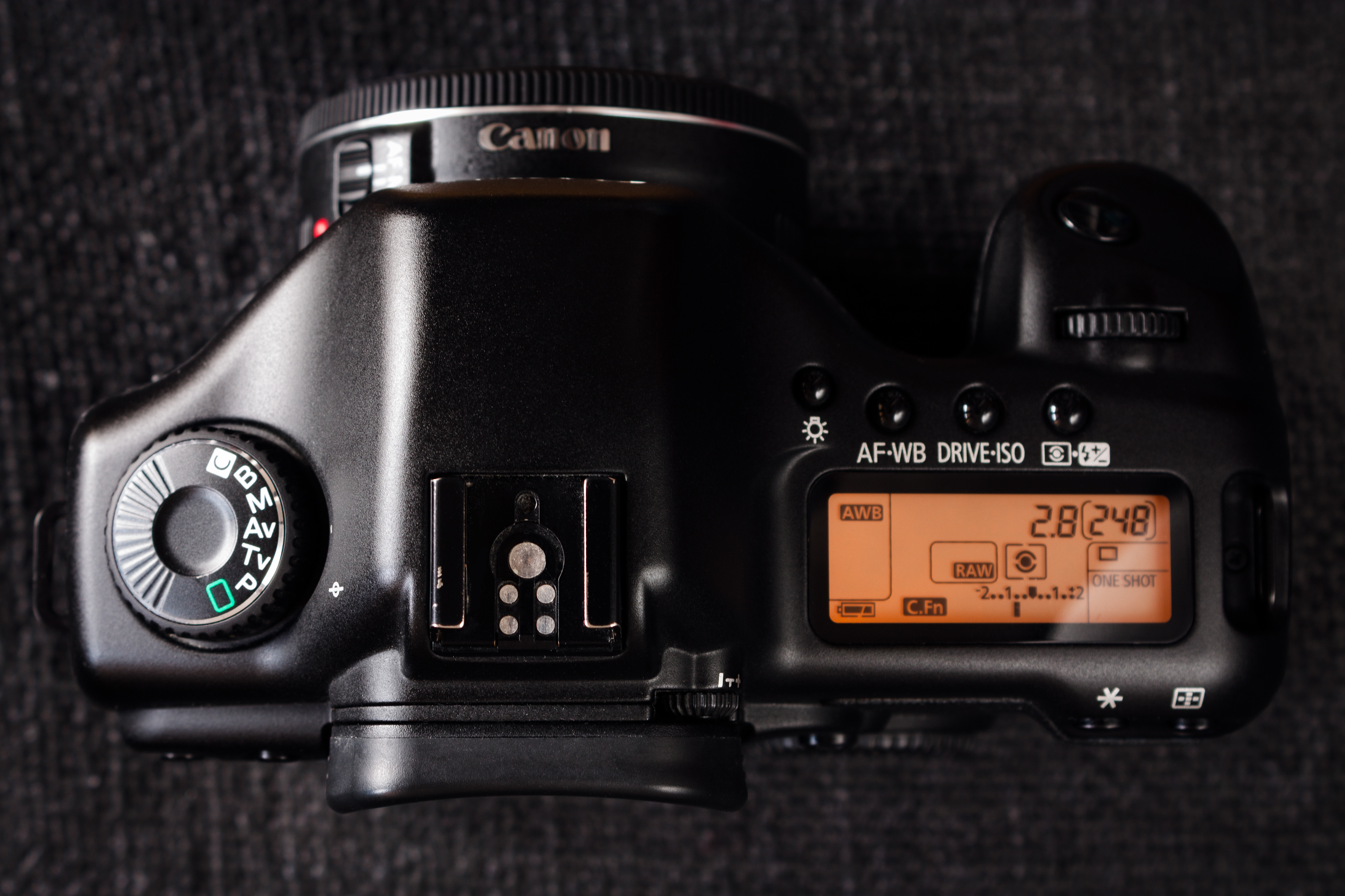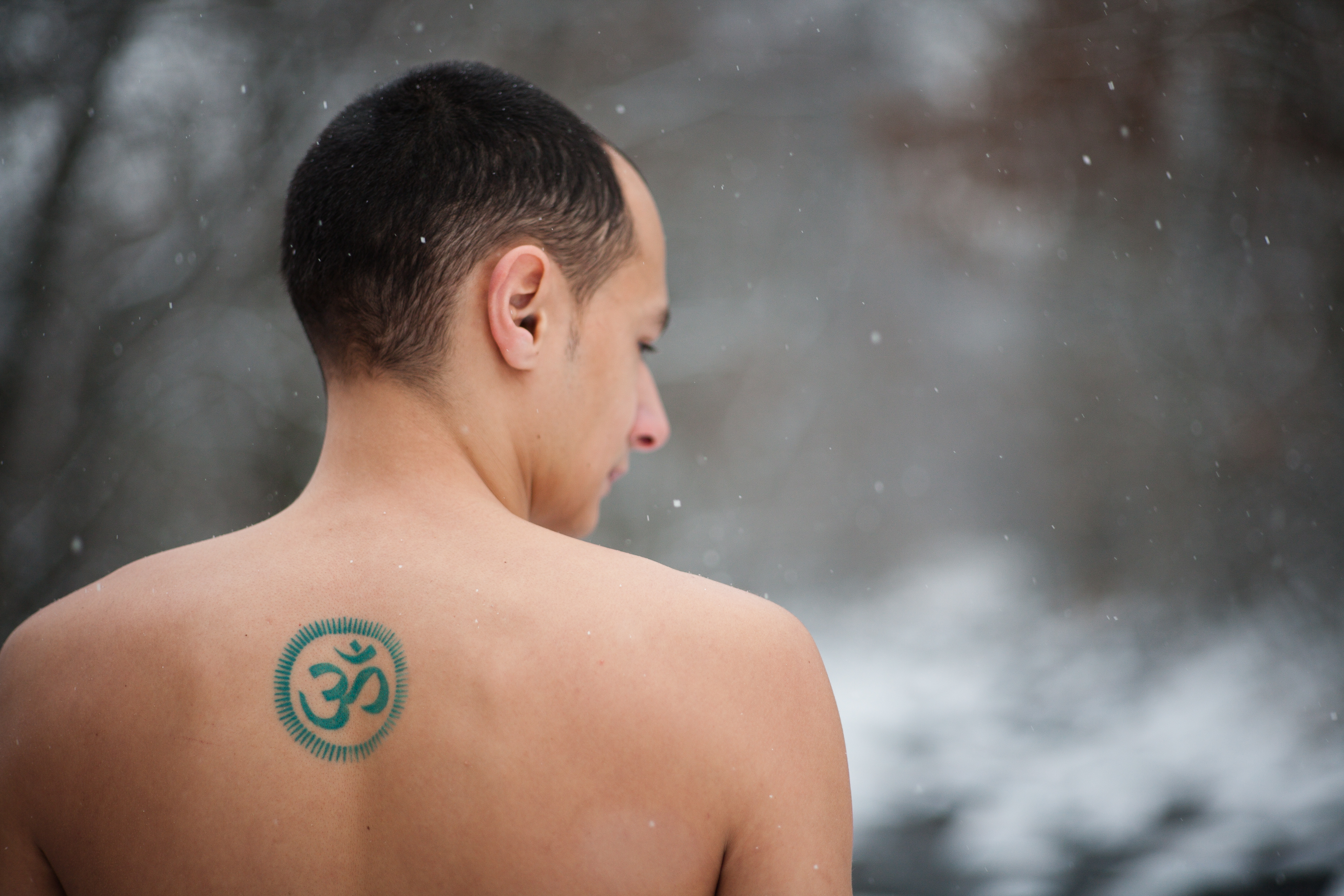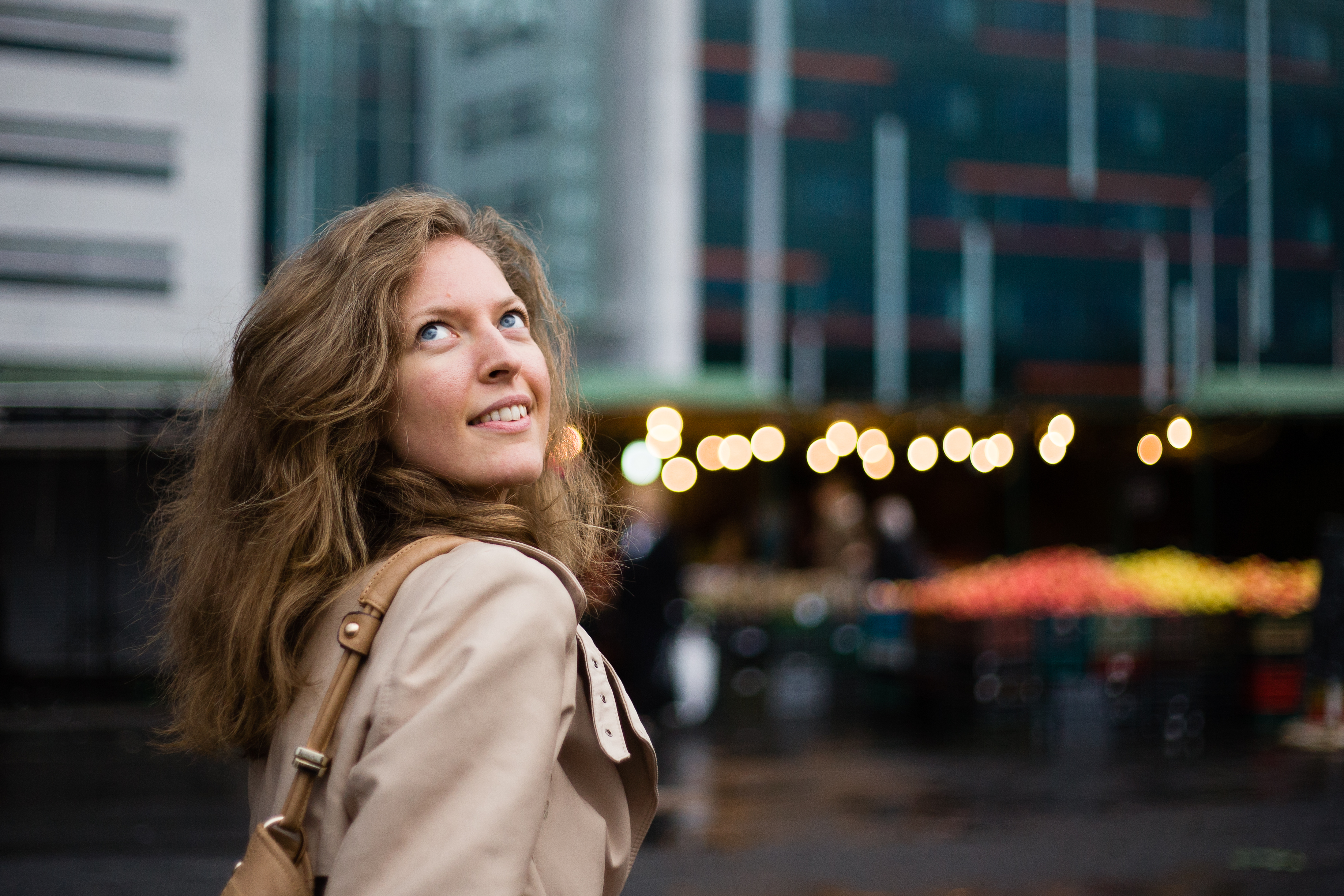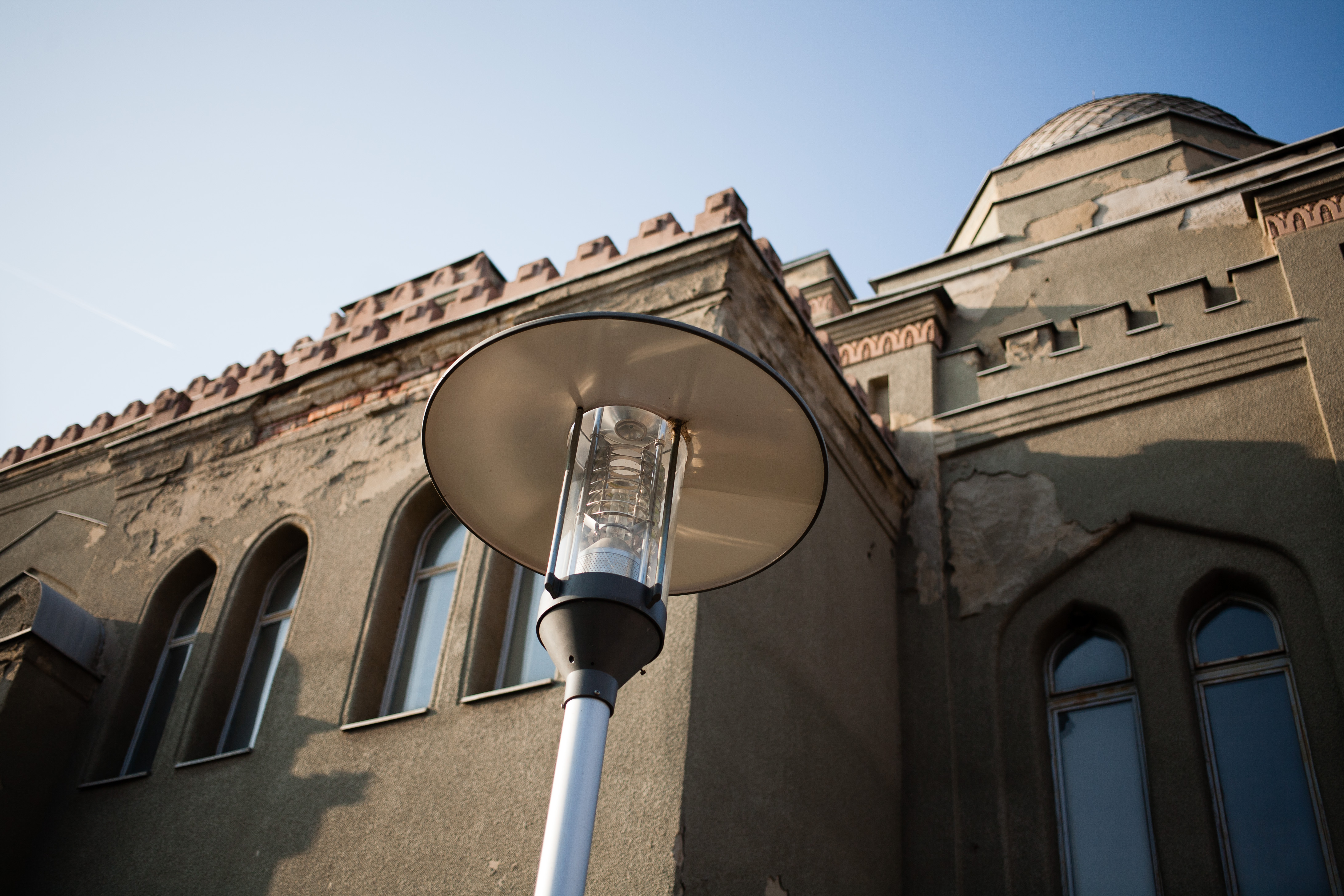Digital cameras have been around for a while by now. In fact, we have access to pixels so long ago that recently it became fashionable to dress digital cameras into retro looking shells so they resemble the look and feel of old film cameras. Up until now, the more modern looking/more functional design was generally desired, but we reached the point when people started to look back to the golden age of the film era with strong nostalgia and today the retro look become interesting.
Naturally, camera manufacturers were ready to satisfy this need and the market is literally flooded with retro-styled cameras like the Nikon Df, which promises nothing less but the experience of pure photography. While the term “pure photography” can be very much overloaded and interpreted in many ways, what they probably mean is that this camera handles and feels similarly than the now classic Nikon film cameras. Simplicity, mechanical-like external controls, full frame sensor, compatibility with vintage lenses, limited feature set (e.g. no video) to keep the focus on the essence of photography and of course that retro look are supposed to deliver this promise.
But when we start to wrap modern digital cameras into so-called “classic” look and market them with the message that this is the closest you can get to film photography experience the question arises can we already talk about classic digital cameras as well. If so how do they relate to the cutting edge technology inside modern retro shaped cameras? But most importantly, how can the true digital classics stand against the newly invented marketing ideas such as “pure photography”?
Importance of the 5D
Canon EOS 5D with Carl Zeiss Jena Sonar 180mm f/2.8 (Pentacon Six mount)
This camera was introduced in 2005 which means it is pretty old with modern standards. But also, it was the very first somewhat affordable full frame digital SLR. Technologically there was nothing revolutionary about the 5D at all. We have seen full frame DSLR cameras before, and many other parts of it were reused from other cameras like the focusing system which was borrowed from the 20D. But it was very small for a full frame camera and it was cheap enough to be accessible by normal mortals for the first time. Also, it took damn good images on very respectable noise levels at the time. In this respect, it is hard to deny that this camera was indeed important and maybe it was the camera which started the era of consumer full frame SLRs and even it paved the way for full frame mirror-less cameras alike.
5D pure photography
I am not sure that we can already talk about classic digital cameras. Also, I think it should not be up to me to define what can be marked as classic and what cannot. But let’s be speculative for the time of this post and agree for a moment with those who already call the original Canon EOS 5D as 5D classic and consider it as a true classic digital camera. Let’s just see if the true digital classic can in many ways match up against something which supposed to make us remember what was it like to shoot with a film classic. I borrowed the elements of the Nikon Df pure photography campaign to use them as a basis for my absolutely crazy comparison.
Sensor size/pixel pitch
Both the Canon 5D and the Nikon Df features standard 35mm film size sensors. This means that field of view of any lens is the same as on 35mm film camera. There is no crop factor to consider.
The Nikon Df has 16.2Mp while the Canon 5D only has 12.7 effective megapixels. The Nikon using a more modern sensor which adds micro-lenses to each individual photodiode and thus utilizing the surface of the sensor more effectively. The Canon, on the other hand, leaves gaps between the photodiodes but due to the smaller megapixel count the atomic pixel size is still higher ( 8.2µ vs 7.30µ). In theory, it would mean better low light performance to the Canon as bigger pixels could capture more light, but the processing pipeline of the Nikon is light years ahead, so the ancient Canon is no competition in low light.
But if we think about this with “pure photography” in mind. If you shoot in good light as our film photographer ancestors would certainly preferred to do so and you keep your ISO low as most film emulsions were/are available in a range of ISO 50-1600, than there are probably not much of a difference between the two cameras. The difference megapixel count is negligible for every day use and noise levels should be pretty close at low ISOs.
Simplicity
One of the big selling points of the Nikon Df is that it lacks video even though the big brother Nikon D4 (using the same sensor and processor) has it. It indeed helps to focus on photography as you have no chance to accidentally switch to video and there are no useless menu items to confuse the photographer.
The good news is that the Canon 5D had no video points the first place, not even live view. Back then it was actually not sure that mirror reflex cameras suppose to do video ever.
The 5D is very minimalistic in terms of features. It only has the basics, and therefore the menus are very simple. There is literally nothing which could distract you from framing. In fact, it is a bit too minimalistic. One of the features I really miss is the possibility to set Auto ISO. Well, you could not change your film speed either.
Body Shape
Both cameras are quite beefy in my opinion. The Nikon Df supposed to look a bit like a classic Nikon like the FM. In reality, it is still quite thick as a brick and looks like a classic camera only from a good distance. I still think it would have been possible to make the Df like an FM in terms of dimensions. We know it is possible, there are successful attempts to hack the guts of a mirror-less camera into classic film bodies. The 5D is without a doubt, not a beauty, it has a general Canon DSLR look.
External controls
In the “golden days”, we had many dials to control camera settings like aperture, shutter speed, and focus. Nowadays we have many more things to control and we have an electronic coupling for everything.
Understandably it can be very rewarding to use similar controls to the ones we used on mechanical cameras. Somehow it has sense, as everybody understood the mechanical connection between the aperture ring and the aperture blades. I think it has a sense even today to expose these controls in an old fashion way. But only in the case of a camera which is built for the enthusiast photographer whose goal is to enjoy photography rather than being the most effective picture maker machine. The Nikon Df does a good job in this respect, even though I heard that not all controls are nice to use or logical, but I could not try it myself until now. What I can tell for sure is that the 5D exposes the main settings in a modern, but very effective way. I usually switch the camera on once a day and leave it that way. I use aperture priority mode with mainly manual lenses with aperture rings and I mainly adjusting ISO and exposure compensation only. Most of the time I don’t touch any menus at all.
Legacy lens support
The Nikon Df is made to be usable with vintage Nikon glass which is great as many old Nikkors are gorgeous. But the Canon EOS system has a shorter distance between the lens mount and the sensor. This way many other branded lenses can be used on a Canon EOS body with an adapter including Nikon lenses. To be fair you can have an adapter like M42 for Nikon as well, but you either lose the possibility to focus to the infinity or you need to pick an adapter which has additional lens element in it. The later means higher cost and possible degradation in image quality.
All in all, you can put way more kind of lenses to the 5D than you could attach to the Df. But be careful because some old lenses may mount but extract to deep into the camera body when focusing. This could damage the mirror. Always do some research on which lenses can be safely mounted.
The Carl Zeiss Jena Pancolar 80mm f/1.8 M42 thread mount lens, for instance, can be mounted safely to a cropped frame Canon body. But because the mirror in the 5D is bigger due to the bigger sensor, this lens should not be focused on the infinity because the rear lens element can touch the returning mirror. It can be fixed by sacrificing the possibility of focusing to the far distance. I use this lens mainly for close portraits and for this use it is not a problem.
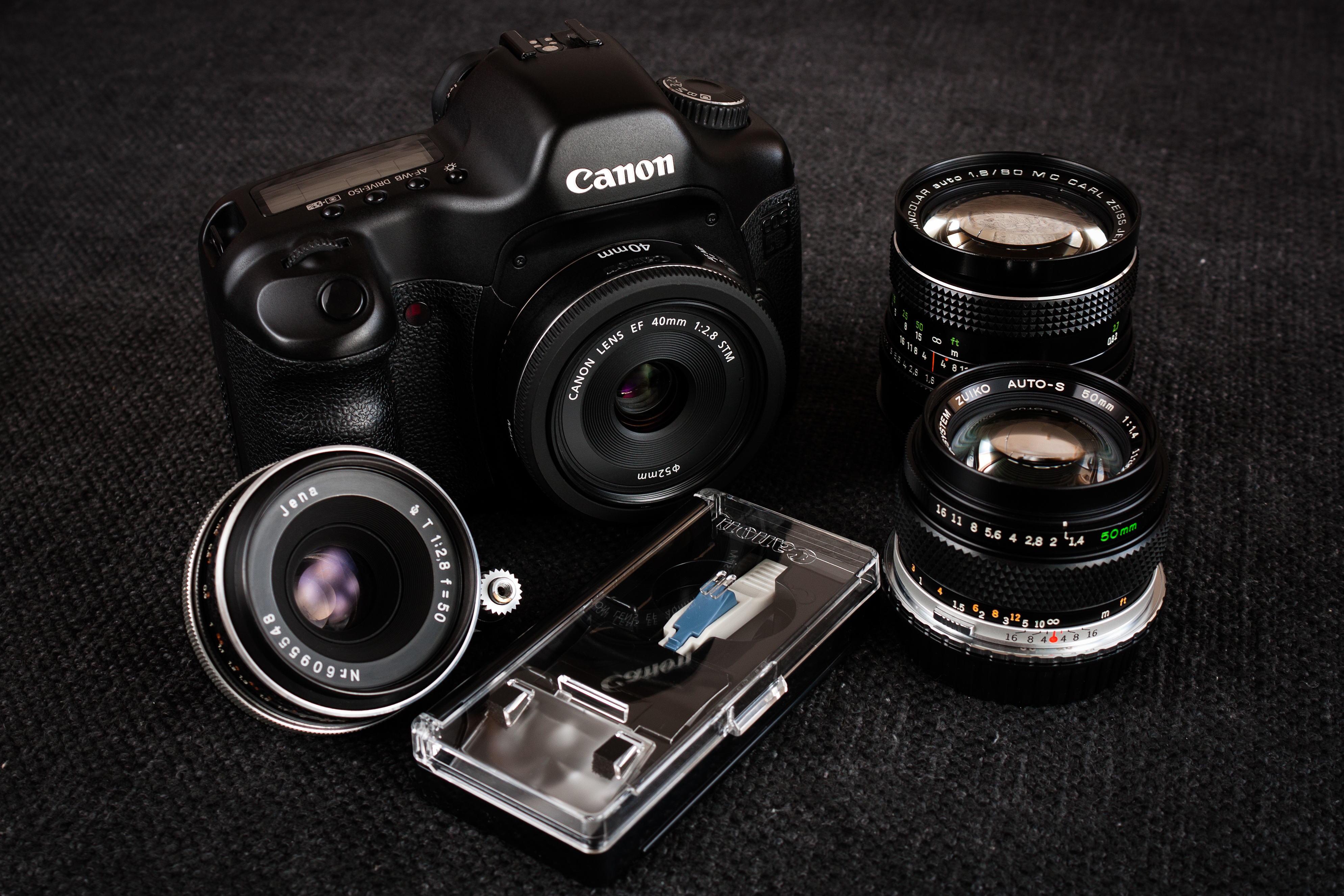
Viewfinder experience
The Nikon Df viewfinder has 100% coverage while the 5D has only 96%.
But it is not possible to change the focusing screen on the Nikon which flaws the of legacy lens support. Today focusing screens are made for autofocus lenses. They are very bright but extremely hard to use for manual focus because the depth of field is not really visible and there is no optical focusing aid built in. On the other hand, I think that using the back screen in live view is not an option if you are pursuing the classic photographic experience.
I would rather use a slightly smaller finder with a proper focusing screen.
Slow down
I think it is generally a good idea to slow down and take the time to compose frames instead of bursting in rapid fire mode. Trust in the law of big numbers in order to achieve the desired photo certainly works, but I would not call it a classic approach. Let’s see what these cameras can do in order to force the photographer to slow down.
On the Nikon side, dial-based controls, manual lenses and a wrong type of focusing screen is certainly slow one down. On the Canon side we have no auto ISO and when using autofocus lenses a truly mediocre (painfully slow) autofocus system makes it impossible to act like a machine gun. Also, the burst rate of the 5D is only 3 frames per second.
Finally, the 5D has an awful back screen. It is small, dim, inaccurate in color (greenish cast) and generally useless. But of course, it is a huge plus side in this comparison as the small worthless screen means that you will only face the result of your photography when you download your images. It really reminds me of the feeling of waiting for the images to return from the lab. You never knew what had you done until you get back the developed film, and in this case, until you get to a computer with a proper screen. The good news is that the results look so much better on a proper display that I always positively surprised when I get my images downloaded from the camera.
Conclusion
What makes a classic camera and especially the question of can we at all speak about digital classics is still an open debate.
On the other hand, it is quite easy for me to say that the 5D Mark I or 5 classic if you like, can still fulfill many photographers needs. It certainly is able to deliver most of the recent marketing promise of “pure photography” (apart from the classic outfit). In fact with the interchangeable focusing screens, a bigger variety of adaptable lenses and even slower operation it fits better this promise than the camera which for this marketing campaign was created.
I think both the Canon 5D and the Nikon Df could be just the right camera for you. The Df is certainly stylish and has a lot more power under the hood. If the best possible low light performance to date is important than no question that the Df is the clear winner.
But consider that 5D is now a really affordable (500-1000€) full frame camera with the capability to be used as a “pure photography” tool if you don’t mind the not so “classic” look. It is better suited for manual focus lenses, and it still takes stunning images. Last but not least the original 5D could be already a classic on its own right.



